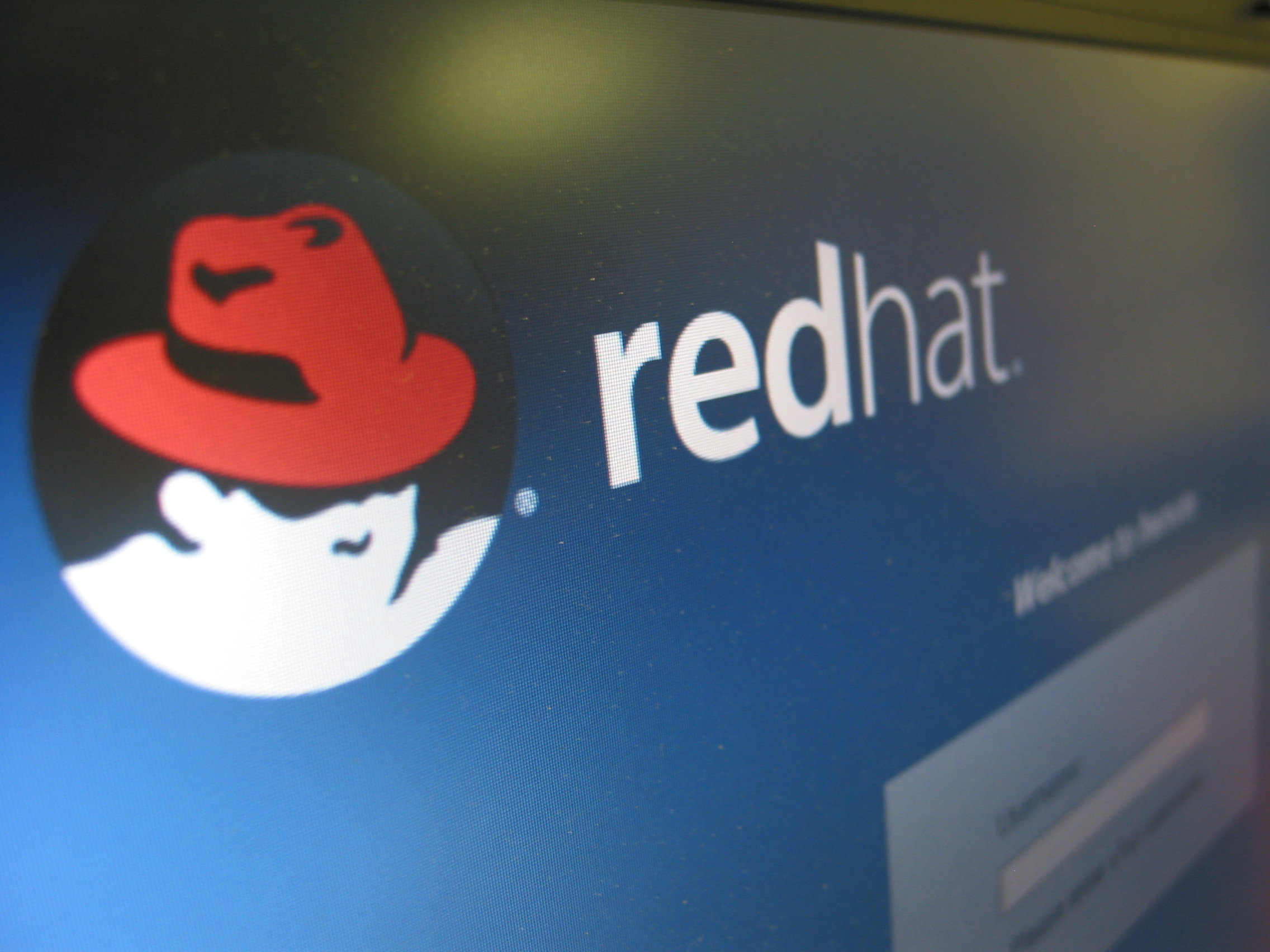 CLOUD
CLOUD
 CLOUD
CLOUD
 CLOUD
CLOUD
Linux platform company Red Hat Inc. today announced the beta release of the next major update to its flagship Red Hat Enterprise Linux platform.
RHEL 9 Beta features numerous updates aimed at making it a better platform for the most demanding hybrid multicloud deployments, with simplified automation and management capabilities and improved container development at the top of the list.
RHEL is a Linux-based operating system that’s widely used by large enterprises and smaller businesses. It’s one of the most reliable platforms of its kind, known for its ability to support diverse workloads in physical, virtualized and cloud environments. Red Hat offers various versions of RHEL designed to run on computer servers, mainframes, SAP applications, desktops, edge devices and OpenStack.
In a blog post, Red Hat explains that RHEL 9 will be something of a departure from previous releases in that, although it still offers many improvements, there are far fewer changes that will require administrators to learn new ways of doing things. In other words, anyone who’s familiar with the RHEL 8 release is sure to feel right at home with RHEL 9.
The headline improvements in RHEL 9 are all about simplified automation and management, Red Hat said.
“We remain committed to providing operations teams with tools and best practices to make the most efficient use of their most valuable resource – time,” the company explained. “In support of this goal, we continue to focus on making RHEL easier to automate and deploy at scale.”
To that end, RHEL 9 offers an enhanced web console with new metrics that it says will allow operators to identify the cause of performance bottlenecks more easily. In addition, performance metrics can now be exported to analytics tools such as Grafana to aid in such investigations.
The release also enables kernel live patching through the web console for the first time, helping to eliminate downtime, while there are also a number of image builder improvements. With these, users can now build RHEL 8 and RHEL 9 container images via a single build node with better support for customized file systems and bare metal server deployments.
RHEl 9 also makes life easier for developers who use software containers that host the components of modern applications.
“If you’re building applications with UBI container images you’ll want to check out the RHEL 9 Beta UBI base images,” the company said. “The standard UBI image is available, as are micro, minimal and the init image. To get the full experience, test the UBI images on a fully subscribed RHEL 9 Beta container host, which will allow you to pull additional RPMs from the RHEL 9 Beta repositories.”
Staying with developers, Red Hat said RHEL 9 ships with version 11 of the GNU Compiler Collection as well as the latest versions of the LLVM, Rust and Go compilers. With this, Red Hat says developers will be able to modernize their applications far more easily. Furthermore, it said Python 3.9 will be the default version for the entire lifetime of RHEL 9, adding new features for developers such as timezone-aware timestamps.
As always, security and compliance are a big priority for Red Hat and the RHEL 9 release adds several interesting new capabilities, including smart card authentication via the web console, and newer security profiles to help achieve compliance with standards such as the Health Insurance Portability and Accountability Act and the Payment Card Industry Data Security Standard. Other security updates include support for detailed SSSD logging and integrated OpenSSL 3.
One last benefit is that Red Hat has also made it easier for customers to sign up for RHEL Beta access by removing several of its previous requirements. Now, all Red Hat accounts, including members of the no-cost Red Hat Developer program, have unlimited access to Red Hat Beta Access subscriptions, the company said.
“These days, a lot of people forget that Red Hat is offers much more than its Kubernetes platform,” said analyst Holger Mueller of Constellation Research Inc. “It’s still a mayor Linux player too though, and it keeps investing. RHEL9’s beta release is a good reminder of that for it’s not just an ‘alibi’ release, but rather a very and rich functional one that surely tempt enterprises to upgrade.”
Red Hat said RHEL 9 Beta is available on Intel/AMD64, Arm 64-bit, IBM Power LE and IBM Z architectures now.
THANK YOU